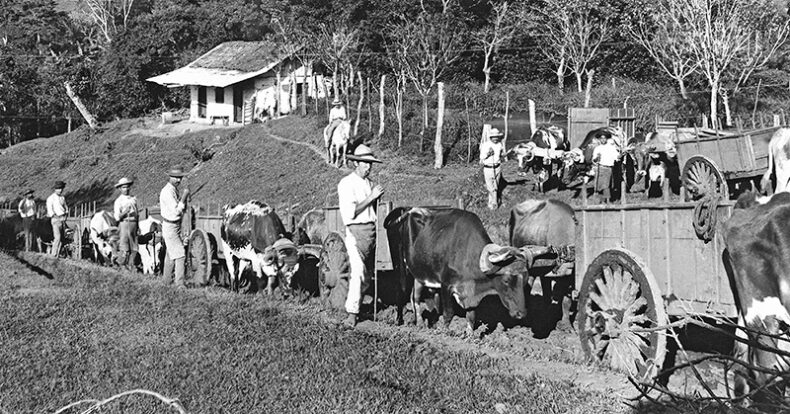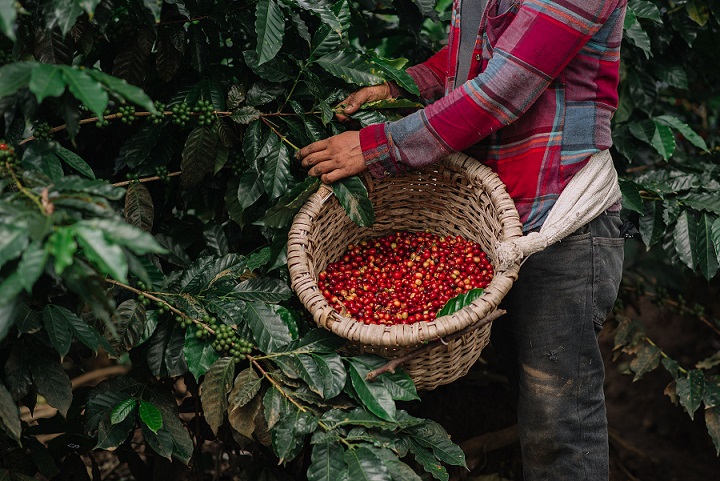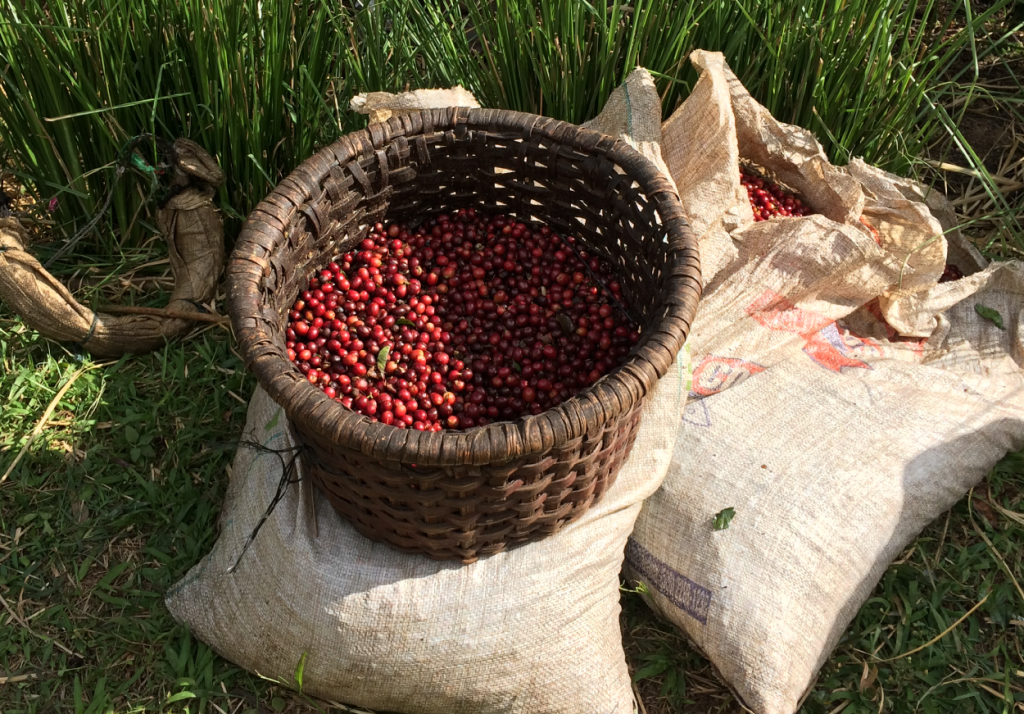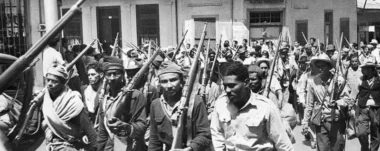History of Coffee in Costa Rica

History of Coffee in Costa Rica: the bean that transformed a nation
The origins of the “Golden Bean”
The history of coffee in America began around 1720, when the first seeds of the Coffea arabica species, Typica variety, arrived on the island of Martinique in the Antilles. From there, at the end of the 18th century, cultivation spread to various regions, including the province of Costa Rica.
At that time, the country lived off subsistence agriculture, but everything would change in 1808 when, under the government of Governor Tomás de Acosta, coffee began to take root in the fertile volcanic soils of the Central Valley. This crop would not only set the course for the nation’s agriculture, but also its economic, cultural, and social history.
Costa Rica became the first Central American country to establish a coffee industry, and Father Félix Velarde is credited with being the first recorded coffee grower in the country. In 1816, Velarde mentioned that he owned a plot of land with coffee plants located 100 meters north of the current Metropolitan Cathedral, in the heart of San José.
Factors that contributed to its development
Coffee developed in Costa Rica due to a unique combination of factors: fertile volcanic soils, well-defined rainy and dry seasons, and relatively constant temperatures throughout the year.
After independence in 1821, municipal governments, particularly the government of San José, promoted cultivation through policies of free plant distribution and land grants. Cities such as Cartago and Tres Ríos followed suit, thus encouraging the expansion of coffee farming.
Between the national leaders who understood the potential of coffee, Heads of State Juan Mora Fernández and Braulio Carrillo stand out, who saw in this bean an opportunity to boost the economy. Another key figure is Don Mariano Montealegre, recognized as one of the main promoters of coffee cultivation between 1830 and 1840.



First exports and trade boom
In 1821, Costa Rica had 17,000 coffee trees in production, and the following year, the first export of 2 quintals of coffee to Panama took place. Over time, coffee production gained momentum: in the 1830s, pioneering merchant George Stiepel made sales to England through Chile.
The trade with Europe was consolidated in the 1840s, thanks to English captain William Le Lacheur, who, upon arriving at the port of Caldera aboard the sailing ship The Monarch, negotiated the purchase of crops with Santiago Fernández Hidalgo, owner of the “El Laberinto” plantation and the first major exporter of coffee to the Old World.
In 1841, the ship Alción transported goods between London and Puntarenas, and Costa Rican coffee began to establish itself in European markets. Fernández also introduced improvements to the processing method, financed the development of trade routes, such as the road to Sarapiquí, and developed the port of Tárcoles, consolidating the infrastructure for foreign trade.
History of Coffee: Engine of Progress
The growth of coffee farming was accompanied by advances in infrastructure. In 1846, the completion of the road to Puntarenas revolutionized trade by allowing transport by mule to be replaced by carts. From then on, coffee became the country’s main export product until 1890, transforming itself into the backbone of the national economy.
The “Golden Bean” spurred the emergence of export companies and encouraged the import of manufactured goods from Europe. Local and foreign families and businessmen, including Hipolite Tournon, Emilio Challe, the Lindo brothers, Max Koberg, the Rohrmosers, and the von Schroter family, played a crucial role in consolidating the sector.
Innovations for the beneficiary
At first, producers dried coffee in their yards and husked it manually with pestles. The big technological leap came in the 1830s, when Buenaventura Espinach Gaul, a catalan, built the first wet mill on the El Molino farm, south of Cartago.
The fermentation introduced in this process significantly improved the flavor of the coffee and raised the quality of the Costa Rican product in international markets. Over time, new technologies such as pulpers, guards, polishers, and sorters were implemented, reducing processing time and improving bean consistency.
Evolution of varieties
During the 19th century, the Typica or Criollo variety predominated, which was tall and of high quality, although with low planting density. Later, other varieties such as Bourbon and the Tico Hybrid were introduced.
In the mid-20th century, with the arrival of the “Green Revolution,” Costa Rican coffee farming adopted low-growing, higher-yield varieties such as Caturra and Catuaí, thereby increasing the yield per cultivated area. Modernization included the use of fertilizers and pest control, which adopted low-growing, higher-yielding varieties such as Caturra and Catuaí, thereby increasing the yield per cultivated area. Modernization included the use of fertilizers and pest control, transforming production from extensive to intensive.
Sensorial Sunsets
Navigate articles





